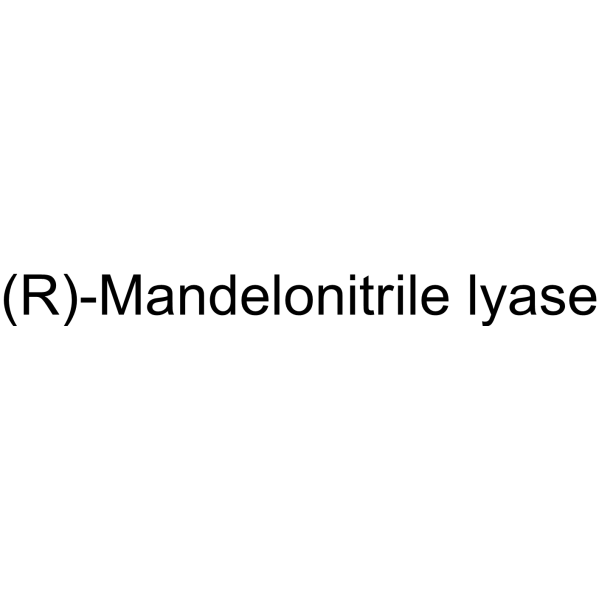| Structure | Name/CAS No. | Articles |
|---|---|---|
 |
Manganese
CAS:7439-96-5 |
|
 |
(R)-Mandelonitrile lyase
CAS:9024-43-5 |
|
 |
Mandelonitrile
CAS:532-28-5 |